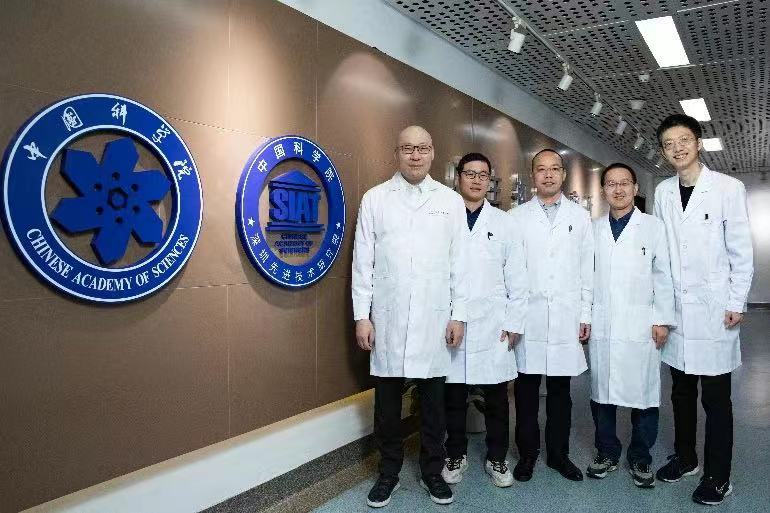A new study by Chinese scientists has uncovered the mechanism behind bacteria-based cancer therapy that uses a genetically engineered bacterial strain — a breakthrough that offers new hope for the development of next-generation cancer therapies.
The findings of the joint research team from the Shenzhen Institutes of Advanced Technology (SIAT) and the Shanghai Institute of Nutrition and Health, both under the Chinese Academy of Sciences, were published online by the journal Cell.
Exploring the use of antitumor bacteria in cancer therapy dates back to the 1860s. Despite this long history, the clinical application of bacteria-based cancer therapy has faced significant challenges in terms of safety and efficacy.
Recent advancements in synthetic biology have enabled the development of novel antitumor bacteria, creating new avenues for immuno-oncology research. However, practical applications have been hindered by the unclear mechanisms through which the bacteria evade host immune defenses while activating antitumor responses, according to Liu Chenli, one of the project's leading scientists from SIAT.

Liu’s team is based in Guangming Science City.
"Our findings illuminate a crucial yet previously unresolved mechanism in bacterial cancer therapy. This mechanism not only provides valuable insights but also serves as a guiding principle for the design of engineered bacteria, enhancing safety," Liu said.
Currently, this research is being advanced toward clinical trials and could provide a scientific basis for the formulation of personalized treatment plans in the future, according to Liu.




